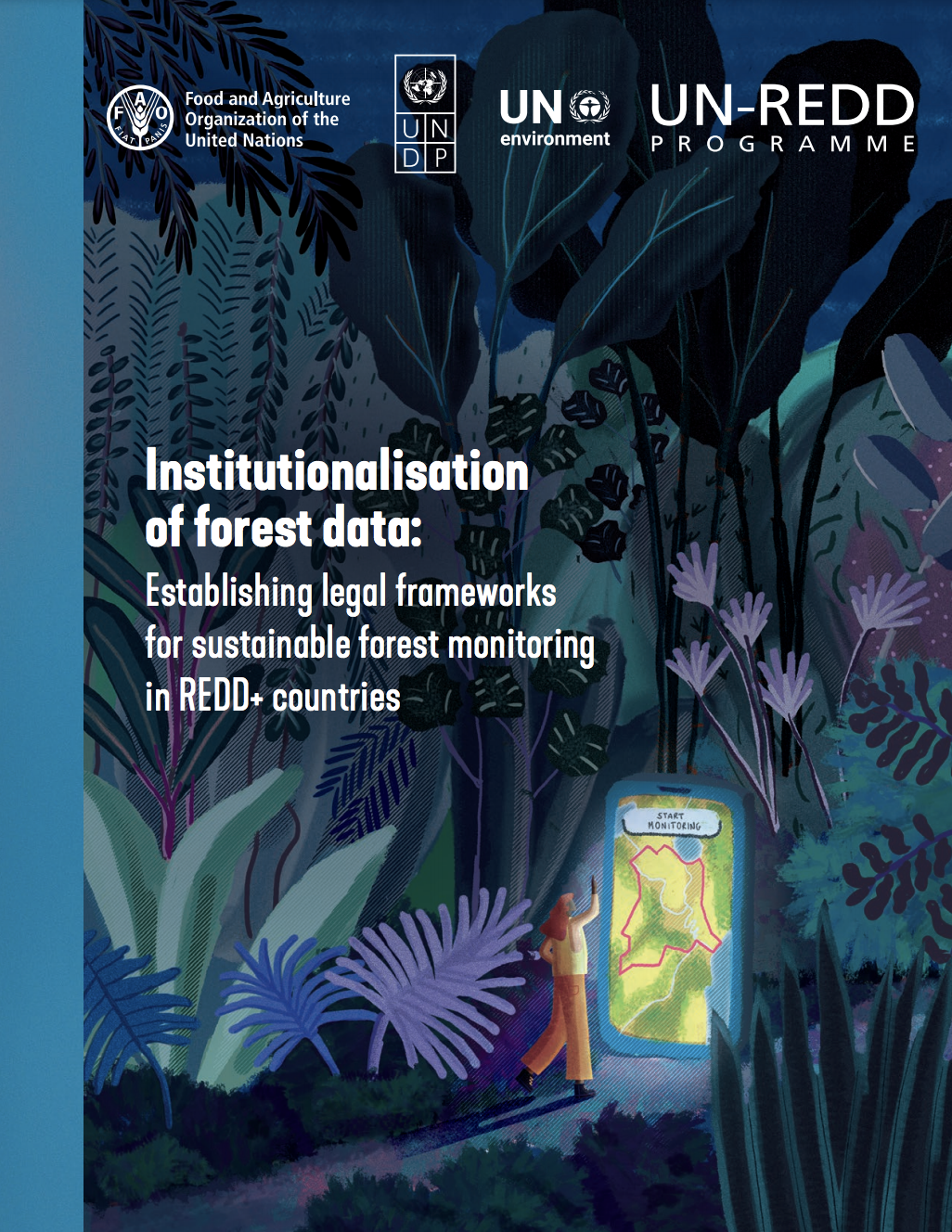Over the past ten years, REDD+ countries have made substantial advances in developing and operationalising their National Forest Monitoring Systems (NFMS) to comply with measuring, reporting and verification (MRV) commitments for REDD+ under the UNFCCC as well as to provide better forest data to effectively support decision-making and domestic policies. Countries’ commitments to reduce carbon emissions from the forest sector, as reflected in their National Determined Contributions (NDCs) under the Paris Climate Agreement, imply more than ever multipurpose, accessible, and transparent NFMS to adequately manage forest data.
In contrast, concerns about distortion or misuse of data and information, together with lack of trust, cost-related issues, ambiguous institutional mandates, and unclear legal frameworks are often at the root of data-accessibility challenges. While informal solutions sometimes produce results, these are generally unreliable and unsustainable, as they often depend on personal networks and may require some return of favor.
In order to support developing countries in moving towards a more solid institutional setting, this paper provides a basis for understanding the importance of institutionalising an NFMS within each country, particularly from a legal, financial, and capacity-building perspective. In particular, it describes the stepwise approach adopted by the FAO to guide development and adoption of a legal instrument aimed at institutionalizing an NFMS. The approach is based on (i) systematic gap analysis of the legal framework; (ii) development of detailed recommendations for the government, highlighting weaknesses and constraints; and (iii) a contribution to the drafting of new laws and regulations. FAO has also developed a checklist tool to assist countries in identifying relevant features that should be included in an NFMS legal instrument. This checklist may facilitate the assessment of their inclusion in the legal text during the drafting process, and help to clarify if further consultations are needed to that end.
